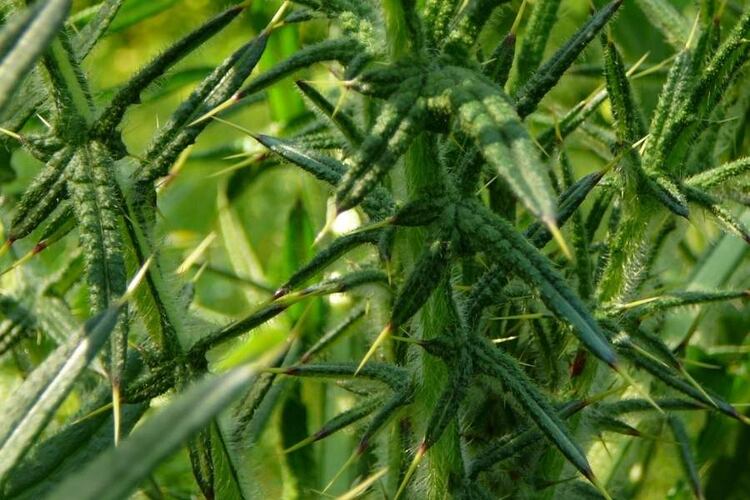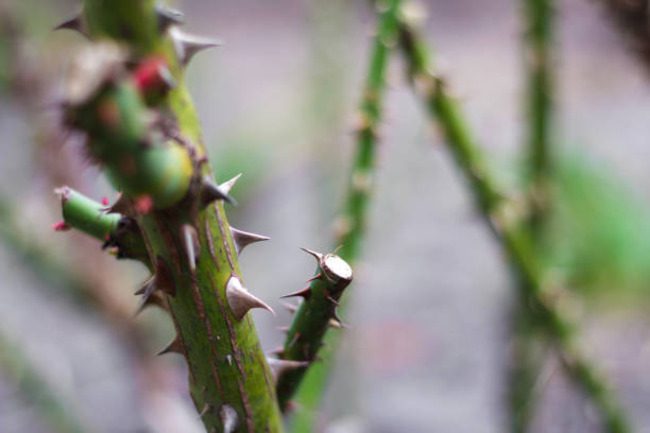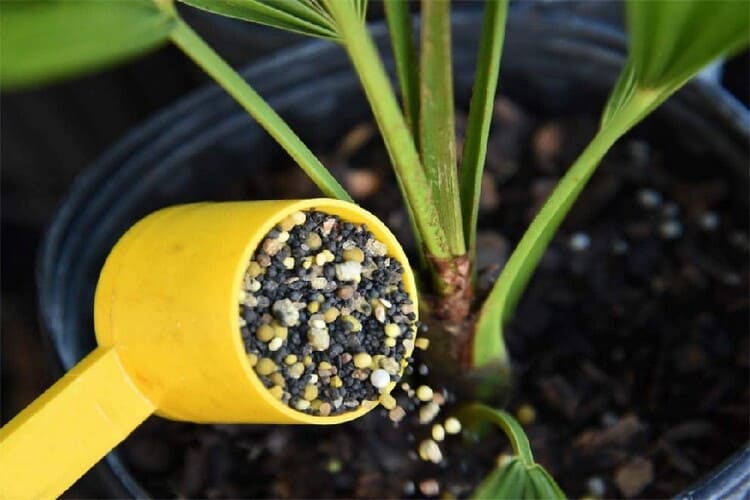Remove Pricker Bushes – Eliminate Them Permanently

Have you ever been poked by a sharp thorn while playing or working in the garden? Those thorns come from plants called pricker bushes. They grow fast, spread everywhere, and can be a real pain. These stubborn plants not only disrupt the beauty of our landscapes but also pose potential risks, from minor skin pricks to more significant injuries.
But don’t worry! This article promises to provide readers with proven techniques and insights, ensuring that pricker bushes become a thing of the past. Say goodbye to those annoying pricker bushes and hello to a happier garden!
What are Pricker Bushes?
Pricker bushes are shrubs or bushes with sharply pointed plant parts. The plant’s epidermis or cortex regularly produces these sharp, pointed elements. These thorns help protect the plant from animals that might want to eat them. The bushes can be big or small, and the thorns can be long, short, thick, or thin.
Not only do natural defenses surround your garden, but the evergreen shrubs and thorny plants also give you space. They can grow almost anywhere, from open fields to deep woods. They often have berries or flowers, but be careful! Even if they look pretty, getting too close can lead to a prickly situation.
However, pricker bushes, or thorny shrubs, are a nagging concern for some people. Even if you remove them with a lawn mower, thorny stems, and spiky plants can grow back.
Different Types of Pricker Bushes
There are many kinds of pricker bushes. Here are a few common ones you might find in gardens or parks:
- Rose Bushes: Roses are beautiful flowers, but their stems have thorns. It’s like they’re saying, “Look but don’t touch!”
- Blackberry and Raspberry Bushes: These bushes have yummy fruits, but their stems are full of thorns. They can grow tall and spread out a lot.
- Bougainvillea: This is a colorful and popular garden plant, especially in warmer climates. It has beautiful paper-like flowers that come in shades of pink, purple, red, and white.
- Gooseberry: These bushes produce a tasty fruit used in pies and jams. But the stems have spines that can be prickly.
- Hawthorn: A tree that’s kind of like a big pricker bush. It has sharp thorns and little red fruits.
Here is some common types of bushes you may found in your garden, and some even have pretty flowers or tasty fruits. But remember, always be careful around them to avoid those sneaky thorns!
How To Remove Thorn Bushes Forever?
Before removing the pricker bushes and spiky plants, it is recommended to wear a long-sleeve shirt and long pants made of thick materials to protect your skin from being scratched. You also wear heavy-duty work gloves and boots to protect yourself from being pricked by thorns and prickly plants.
Depending on the size of the pricker bushes, shrub roses, or evergreen shrubs, there are different methods to remove them:
Small
To make pricker bush removal and thorny shrub removal easier, you can dig down around them using a shovel or spade. Dig around the base, making sure to get all the roots. Next, grasp the thorny shrub near its roots that has the fewest thorns and pull it up. If pricker bushes still have roots, you should cut them to ensure they are fully removed.
Burning them can be an effective method, but it may take longer for them to completely burn to ash. You can dispose of the little thorn shrub at a nearby landfill. They will process garden garbage in the same manner.
Another method is using natural sprays. You can make a mix of vinegar and water and spray it on the thorn bushes. Follow our mixture: 1 gallon of white vinegar, 1 cup of salt, and 1 tablespoon of dish soap.
The best time to spray is on a sunny day because the sun helps the vinegar work even better.Apply the vinegar on a cloudless day, which ensures that rain won’t wash it off before it works its magic. You can make a mix of vinegar and water and spray it on the thorn bushes.

Overgrown
First, you use a long-handled branch cutter to cut down branches as high as possible. Or you can use hand tools to remove them easily. Do not use electric cutting tools or equipment such as lawnmowers, as it may cause the spikes to shoot back at you. After chopping off all the branches, grab a shovel and dig around the bush’s base to dislodge the roots.
If the roots are so strong, you might need to wiggle and move the shovel back and forth to loosen them up. It’s essential to get as much of the root system as possible because this is what feeds the bush and helps it grow back. Once you’ve dug up most of the roots, use your gloves to pull out the bush from the ground. Remember to be cautious, as even the roots can have thorns!
Once you’ve removed the roots of the thorny shrub, fill the hole with soil. This is an effective way to kill all pricker bushes in one go, and they can grow again.
Overgrown thorny bushes should not be used in fire pits since they might take longer to burn than conventional wood. Taking overgrown thorns to the garbage is the easiest way to get rid of them.
Large
It’s more difficult for the large pine bushes than for the smaller ones. Cut them down as close to the ground as you can. You bundle the pricker bushes’ branches by carefully wrapping heavy twine around them. Use a shovel to dig around the bush until you can see the root system underneath.
Start pulling up the bush by pushing the shovel under the bush’s root system. With the spade, you might need to cut through more difficult roots. If the roots are too deep in the earth, you can pull them up with a shovel. Pry until you can remove the entire bush from the ground. Pricker bushes cannot grow in loose, dry soil. So you should add bare dirt to the bush hole, which will make the bushes die off in 1 to 2 weeks.
One way to stop giant thorn bushes is to cover them with a big sheet of plastic or a tarp. This stops them from getting sunlight and water. After a while, the bush will die. Then, you can remove it safely.
For super big thorn bushes, it’s best to get some help. Maybe an adult or a gardening expert can help you decide the best way to remove it.

Removing And Discarding The Bushes
So, you’ve finally removed that prickly bush from your garden. Yay! But now, there’s another question: where and how should you get rid of it?
You might take several approaches when getting rid of uprooted plants or prickly, pointy cuttings.
Safe Ways to Throw Away Thorny Bushes
- Wear Thick Gloves: Always have sturdy gloves on hand when dealing with prickly bushes, ensuring your fingers stay safe from any hidden thorns.
- Gather and secure the branches: Before disposing of them, tie the branches into neat bundles using durable string or cord.
- Packaging Matters: Consider placing one bag within another to protect yourself from any protruding thorns.
Depending on where you are, you could burn them. Burning down the bushes will make them die quickly, but it takes time for the fire to establish itself in the plant’s roots. Some locations need burn licenses or only allow burning during specific times of the year.
Where to Discard Your Bushes
Getting rid of thorny bushes safely is essential. You can take your bushes to the local dump or landfill. But remember to call first and check if they accept garden waste.
Garden Waste Collection: Many towns and cities have a garden waste collection day. On this day, they pick up things like leaves, branches, and yes, thorny bushes. Check with your local town or city office to find out when they do this.
Recycling Centers: Some places have recycling centers that take garden waste and turn it into mulch or compost. This is a great way to make sure your bushes get reused in a helpful way.
Pricker Bush’s Injury Treatment
Even though you always be careful and wear gloves when removing the pricker bushes, your skin may still suffer welts from them. Moreover, the thorny spines can stick to your skin and draw blood when you try to remove them.
First, wash your hands. Then, gently clean the spot where the thorn poked you with soap and water. It helps to remove dirt and keeps things clean.
There are situations when a thorn particle remains inside the skin. Use tweezers to remove it if you find it. A piece of tape can serve as an alternative for tweezers in this situation. Simply apply it to your skin and peel it off. It’s possible the tape will help pull the thorn out.
Once the area is clean and the thorn is out, put a little antiseptic cream on it. This cream keeps away germs and helps the spot heal faster. Other options can be Hydrogen Peroxide, Alcohol or honey, pour a little bit on a cotton ball and gently dab the area. It might sting a tiny bit, but it’s doing its job!
Keep an eye on the spot for a few days and cover with a bandage to stop any infection or potential reaction.

Prevention of Pricker Bushes Growth
Pricker bushes can be really sneaky. Even if you get rid of them once, they might try to come back. There are ways to stop them for a long time and even forever.
Use Mulch: Mulch is like a blanket for the soil. Spread a thick layer (about 2-3 inches) of mulch around your plants. This helps in two ways: it keeps the soil moist for your plants, and it makes it hard for pricker bushes to grow.
Natural Barriers: You can plant things that pricker bushes don’t like. For example, some strong-smelling plants like Garlic or Onions or Lavender, Marigolds can keep them away. They have a strong smell that keep away pricker bushes and even some bugs!
Regularly Check Your Garden: Every week or so, take a walk around your garden. Look for any small pricker bushes starting to grow. If you see any, pull them out right away!
Conclusion
So, we give you simple techniques to get rid of pricker bushes of various sizes, ranging from little to overgrown, as well as pricker bushes, sweat treatment, and two standard methods for removing them. I hope you can solve this problem after reading our guide. We can also provide more helpful tips and instructions in the Swipe Garden.
Related posts:









